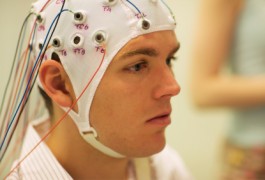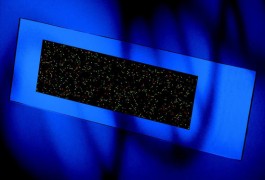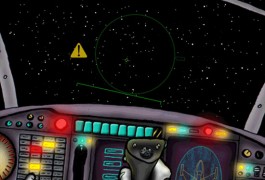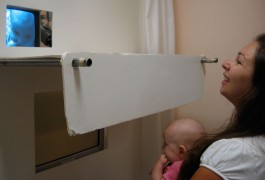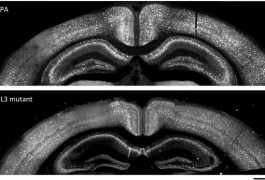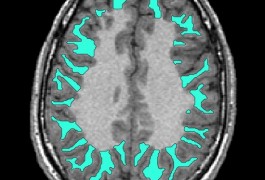Cognition and behavior: Oxytocin improves sensitivity to social cues
Oxytocin may activate the mirror neuron system — a group of neurons that is active when people empathize with others — according to a paper published in the November Psychoneuroendocrinology.
